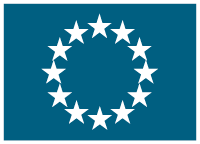Eutrophic reduction through natural technics of three little italian lakes waters
(TRELAGHI)
Start date: Nov 1, 2002,
End date: Oct 30, 2006
PROJECT
FINISHED
Background
Eutrophication is a form of pollution that occurs when a lake or stream becomes over-rich in plant nutrients and subsequently overgrown with algae and other aquatic plants. This is often the result of the emission of sewage effluent into natural bodies of water. Efforts to reduce this nutrient pollution and preserve the aquatic environment must be pursued in order to improve the quality of the existing biotopes and, in the case of the Trelaghi project, to support the development of ecological farming and tourist activities.
Objectives
The âTrelaghiâ project was to attempt a eutrophic reduction in three small lakes (Trelaghi literally means âthree lakesâ) â Endine, Candia and Coghinas â using natural techniques, notably by reducing the amount of phosphates and nitrates entering the lakes from residential settlements, farms and the food industry.
The activities of the project were to be divided into three different sets of tasks: âlocal tasksâ, âtasks in extended areasâ, and âterritorial tasksâ. Local tasks would see the development of filter-ecosystems positioned between the source of a direct discharge of wastewater and the lake watersheds. These filter-ecosystems would be made of plants and involve an innovative treatment wherein their roots would be enriched with bacteria and mycorrhizas, and using zeolites and iron scoriae as catalysts. Tasks in extended areas were to attempt the biological reactivation of farming soil using mycorrhizas instead of chemical fertilisers. Fertilisation by mycorrhizas in any case is cheaper than by chemical fertilisers, and the agricultural end-product is of a better quality. The territorial tasks were to attempt to resuscitate the Candia marsh, restoring the natural drawing power of wetland plants. As the three small lakes each have climatic, environmental and economical attributes that are common to many European wetland areas, the project organisers had hoped that the project would be a good demonstration of eutrophic reduction techniques that could be transferable such areas across the Community.
Specifically, the project hoped to achieve a 70% reduction in the levels of nitrogen and 50% in the levels of phosphorus.
Results
Work at the third lake, Coghinas, was cancelled, and at the two other lakes, the project only partly achieved the expected results. However, the filter-ecosystems proved to reduce significantly the amounts of eutrophication elements dissolved in the water, the fertilisation with mycorrhizas performed well and achieved very good product yields, and the hydraulic actions within the Candia marsh helped to counteract the drought effects of repeated rain shortage years.
The performance of the filter ecosystems showed to be variable depending on the seasons and the shape of the ecosystems themselves. At Candia, where the systems are narrow and long (in terms of the direction of the water flow), the project achieved a 50% reduction in nitrogen levels and 40% in phosphorous levels, with peaks of 70% and 52% respectively in July and August 2006. At Endine, where the systems are large but short, the reduction was steadily above 60% for phosphorous but rather more modest for nitrogen.
It needs to be stressed that the above results only apply to the water quality directly downstream from the eco-filters when compared to the upstream quality. However, the overall trophic status of both lakes does not seem to have been affected by the project undertakings. Still, better results are likely to be achieved in the long term.
That said, the system tested and demonstrated by the project, consisting of vegetation roots-bacteria-mycorrhizas-zeolites, is itself a substantial innovation in the field of the safeguard and reclamation of water and soil. Furthermore, in terms of the projectâs eco-fertilisation activities, the process of direct inoculation of seeds, which gave the best mycorrhisation results, was also original.


